Harrison Albright, architect; 1906 expansion by Peebles & Ferguson Architects; 2017 renovation by Commonwealth Architects
1904
Northwest Corner of North Ninth and East Grace streets
Capitol Square has been encircled by taverns or hotels since it was laid out in the 1780s. Indeed, The Commonwealth at the corner of Ninth and Bank streets at the foot of Capitol Hill, which opened as Hotel Reuger in 1912 and was later re-branded The Raleigh, still welcomes guests today.
Just up the hill, at the northwest corner of North Ninth and East Grace streets, another prominent hotel was operated until recent decades as Hotel Richmond. Completed in 1904, it replaced the St. Claire Hotel which had long occupied the site. In the 1970s, with its conversion to office use by the Commonwealth of Virginia, Hotel Richmond was renamed the Ninth Street Office Building.
In 2017 a major rehab of the grand building was completed. It now houses the Office of the Attorney General of Virginia, with its hundreds of lawyers and support staff. It has also been renamed the Barbara Johns Building. It honors the black student whose stand for equal educational opportunities in Farmville, Va. in 1951 led to the court case that became a party to the landmark Brown vs. the Board of Education decision by the U.S. Supreme Court. The Virginia Civil Rights Monument, situated in Capitol Square, features Johns prominently along with other figures of the movement.
It was another trail-blazing woman, the feisty hotelier Adeline Atkinson, who commissioned construction of the Hotel Richmond in 1903. She and her husband had owned and operated the Lexington Hotel, in Lexington, Va. until it was destroyed by a fire in that year.
When the City of Richmond attempted to tax Atkinson’s rooms at a higher rate than it did a number of the city’s other fine hotels such as The Jefferson and Murphy’s (now demolished) she protested vehemently and threatened to build her hotel in another town. The Richmond Times-Dispatch called her the “personification of energy, industry and luck. Her business hours are from from sunrise to sunset.”
The architect of the Hotel Richmond was Philadelphia-born Harrison Albright (1866-1933). He was famous for his West Baden Springs Hotel in Orange County, Ind., with the world’s widest dome span at the time of its construction in 1901. For his Richmond building Albright chose a warm-hued ocher brick for the body of the building and a brown brick to offer contrast at the rusticated base and on the trim. The lighter brick is similar to the material used on the Main Street Station a few years earlier. At the basement level of the hotel along Grace and Ninth streets, impressive granite blocks are set at a battered angle to establish a tremendous sense of stability.
The hotel was an immediate success and two years later, in 1906, was expanded in size and height in expectation of increased traffic from the 1907 tercentennial of the Jamestown settlement. The architect for the expansion was Peebles & Ferguson of Norfolk, a top-drawer firm that was also rehabilitating and enlarging the Capitol at the same time. The firm also knew hotel design from having designed the Norfolk’s Hotel Monticello and having been the restoration architect of The Jefferson after a devastating fire in 1901.
For the Hotel Richmond expansion Peebles & Ferguson continued Albright’s exterior classical cladding on the Broad Street side to create a seamless structure. The firm also added the marble-floored lobby, which has a dramatic stained glass ceiling, which opens onto Ninth Street. As with the Jefferson, the lobby features a grand staircase leading to a mezzanine level.
Because of its choice location on Capitol Square, Hotel Richmond once figured prominently in the political and communications life of the capital city. The Democratic Party of Virginia long occupied offices there and it was once the home of radio station, WRVA.
Today, with a high standard LEED designation and having been named for Barbara Johns, the building serves as a testament to savvy historic preservation methods as well as a shout out to the instructive legacy of an unlikely heroine who saw a wrong in her community and sought to right it.
E.S.


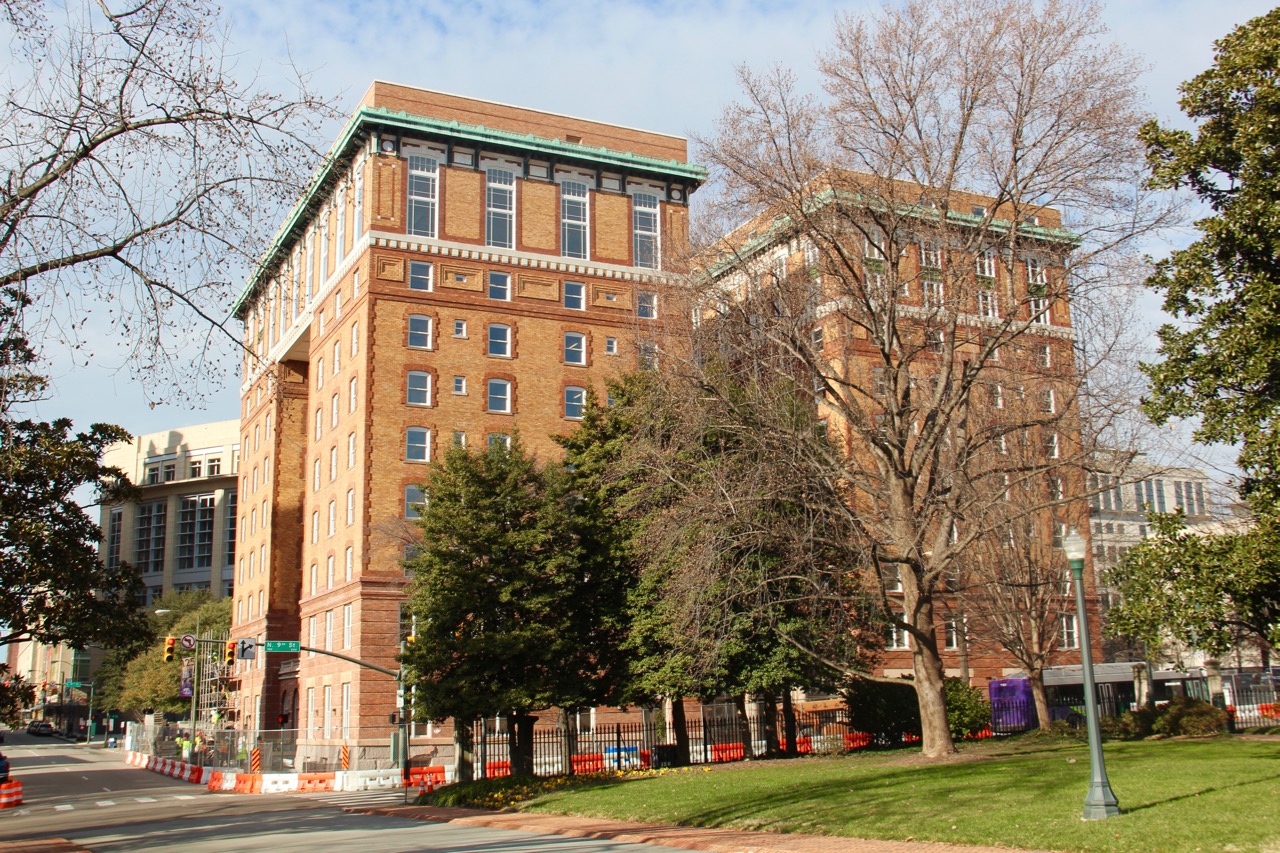

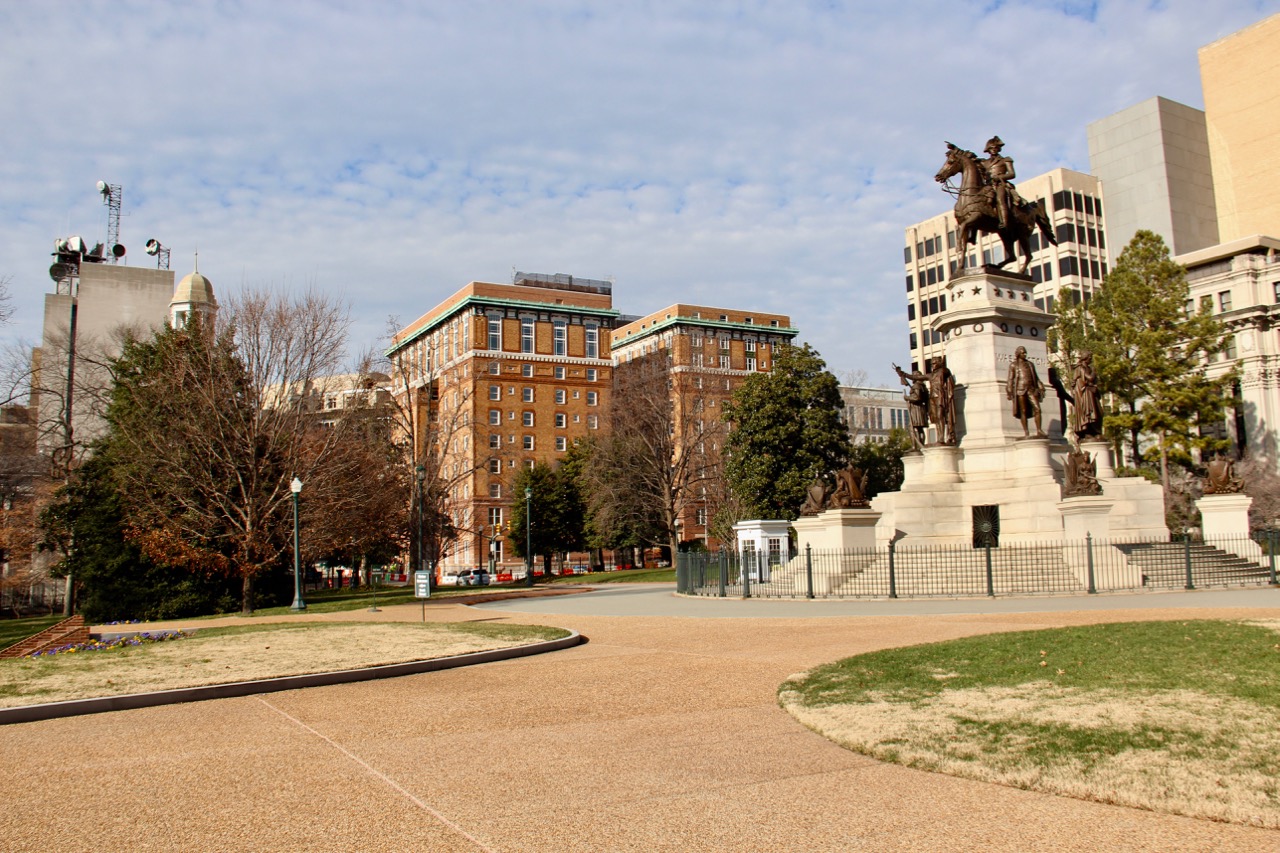
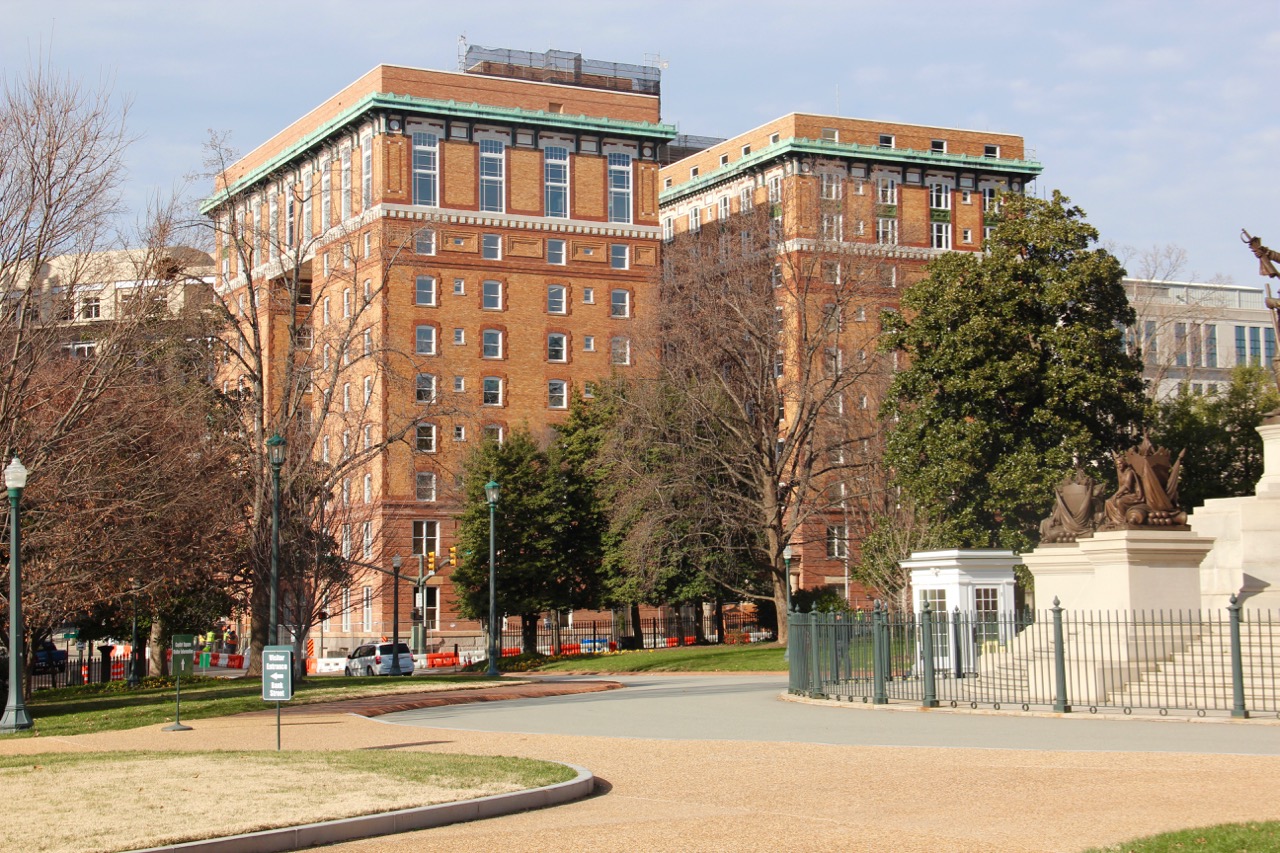
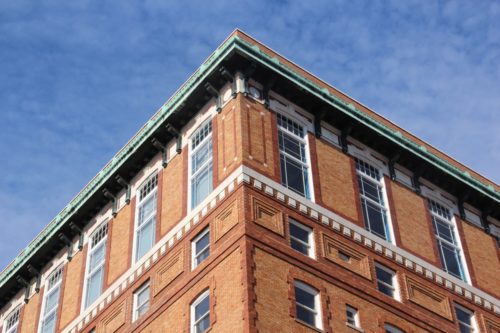

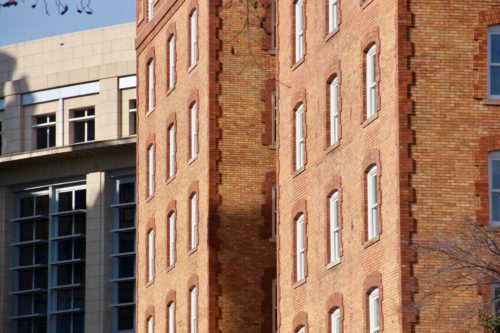
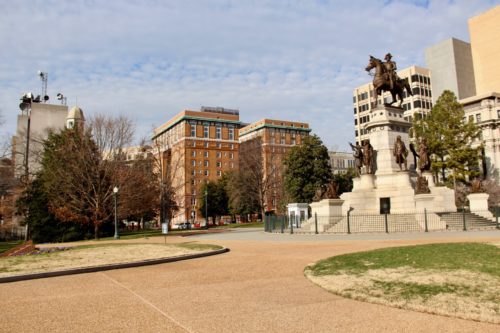
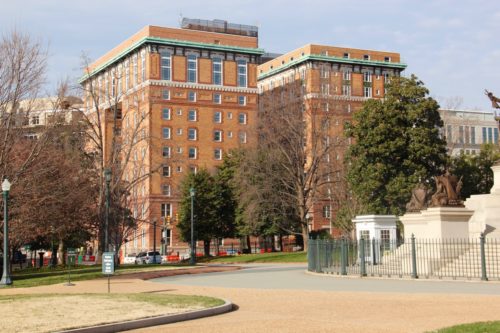
Write a Comment